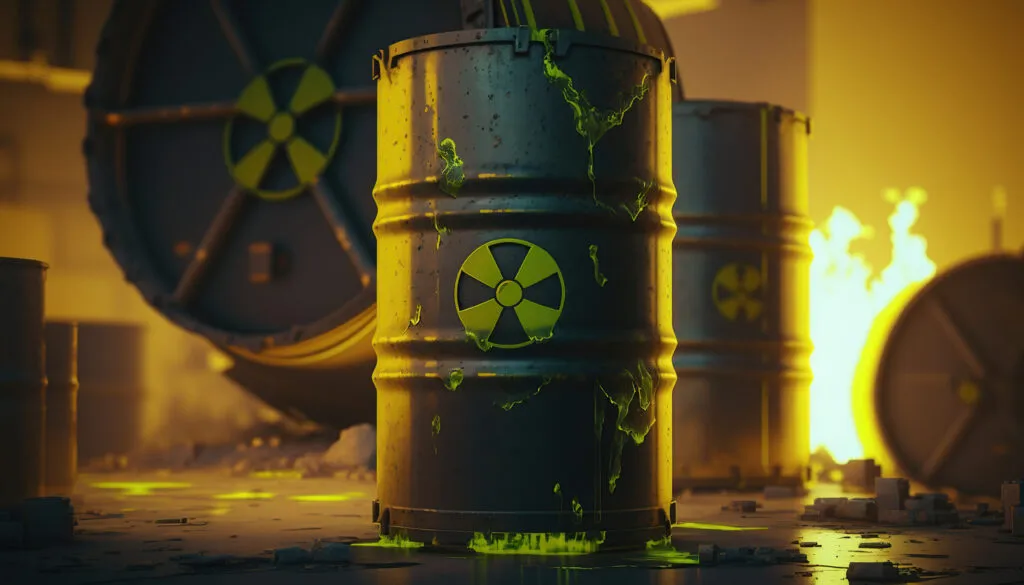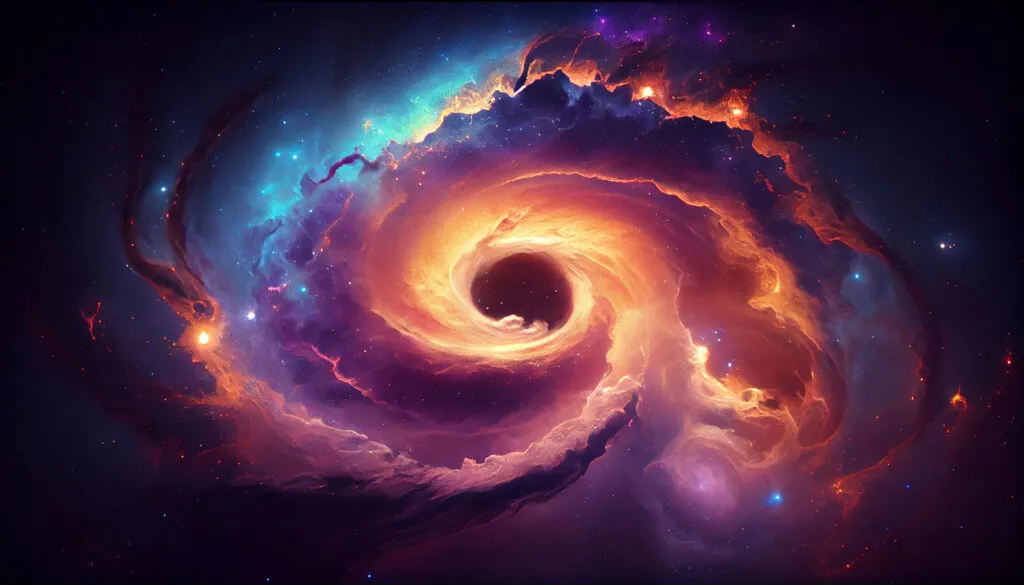Powering the Future: Exploring Nuclear Energy’s Potential”

Introduction: Nuclear Energy
Nuclear energy has long been a controversial topic, hailed by some as a clean and efficient source of power, while others raise concerns about safety, waste management, and proliferation risks. As the world grapples with the urgent need to decarbonize energy systems and combat climate change, the role of nuclear energy in the transition to a sustainable future has come under renewed scrutiny. This article explores the latest innovations, challenges, and prospects for nuclear energy, examining its potential to contribute to global energy security and environmental sustainability.
1. Advanced Reactor Technologies:
Advancements in nuclear reactor designs promise to address longstanding concerns associated with conventional nuclear power plants. From small modular reactors (SMRs) to advanced molten salt reactors and fast reactors, these next-generation technologies offer improvements in safety, efficiency, and waste management. We delve into the key features and potential applications of these advanced reactor designs, highlighting their role in shaping the future of nuclear energy.
2. Nuclear Energy and Climate Change Mitigation:
As a low-carbon energy source, nuclear power has the potential to play a significant role in reducing greenhouse gas emissions and mitigating climate change. We examine the contribution of nuclear energy to global efforts to transition to a low-carbon economy, considering its complementarity with renewable energy sources and its ability to provide reliable baseload power without carbon emissions.
3. Safety and Regulatory Challenges:
Despite technological advancements, safety remains a paramount concern in the nuclear industry. We explore the measures implemented to ensure the safety of nuclear power plants, including stringent regulatory oversight, enhanced reactor designs, and risk-informed decision-making. Additionally, we address public perceptions of nuclear safety and strategies for building trust and transparency in the industry.
4. Nuclear Waste Management and Disposal:
The issue of nuclear waste poses a significant challenge to the long-term sustainability of nuclear energy. We discuss the current state of nuclear waste management practices, including storage, recycling, and disposal options. Furthermore, we examine emerging technologies and policy initiatives aimed at addressing the growing stockpile of nuclear waste and minimizing its environmental impact.
5. Nuclear Energy and Global Security:
The dual-use nature of nuclear technology raises concerns about nuclear proliferation and security risks. We analyze the geopolitical implications of expanding nuclear energy programs worldwide, considering the potential for nuclear weapons proliferation, safeguarding nuclear materials, and international collaboration on nonproliferation efforts. Additionally, we explore the role of nuclear energy in enhancing energy security and reducing dependence on fossil fuel imports in geopolitically sensitive regions.
Conclusion:
As the world seeks to transition to a sustainable energy future, nuclear energy stands at a crossroads, presenting both opportunities and challenges. By embracing technological innovation, strengthening safety measures, and addressing concerns related to waste management and proliferation risks, nuclear energy can contribute to a diversified and resilient energy portfolio. However, achieving widespread acceptance and ensuring the responsible use of nuclear technology will require concerted efforts from policymakers, industry stakeholders, and the public. As we navigate the complexities of the nuclear energy landscape, it is essential to weigh the potential benefits against the risks and uncertainties, with a shared commitment to advancing a safe, secure, and sustainable nuclear future.
FAQs
Is nuclear energy safe?
Nuclear energy is generally considered safe when operated correctly and under stringent regulatory oversight. Modern nuclear power plants incorporate multiple safety features and redundancies to prevent accidents, such as reactor core meltdowns. However, accidents like the Chernobyl disaster in 1986 and the Fukushima Daiichi accident in 2011 have raised concerns about the safety of nuclear power. Proper training, maintenance, and regulatory enforcement are critical for ensuring the safe operation of nuclear facilities.
What is nuclear waste, and how is it managed?
Nuclear waste, also known as radioactive waste, is the byproduct of nuclear power generation. It includes spent fuel rods, contaminated materials, and other radioactive substances. Nuclear waste is typically stored in specially designed facilities, such as dry cask storage or deep geological repositories, to prevent exposure to the environment and human health risks. Research continues into advanced waste management techniques, including recycling and transmutation, to reduce the volume and long-term hazards of nuclear waste.
How does nuclear energy compare to other energy sources in terms of environmental impact?
Nuclear energy is considered a low-carbon energy source because it does not produce carbon dioxide (CO2) emissions during electricity generation. In this regard, it is similar to renewable energy sources like wind and solar power. However, the mining, processing, and transportation of uranium fuel, as well as the construction and decommissioning of nuclear facilities, have environmental impacts. Additionally, concerns about nuclear accidents, radioactive waste, and the potential for nuclear
What role does nuclear energy play in addressing climate change?
Nuclear energy can contribute to mitigating climate change by providing a reliable source of low-carbon electricity. Its ability to generate large amounts of power continuously, without CO2 emissions, makes it a valuable complement to intermittent renewable energy sources like wind and solar. Some advocates argue that expanding nuclear energy capacity is essential for achieving deep decarbonization goals and transitioning to a sustainable energy future. However, others raise concerns about cost, safety, and waste management associated with nuclear power.
What are the prospects for nuclear energy in the future?
The future of nuclear energy is influenced by various factors, including technological advancements, policy decisions, and public attitudes. Emerging reactor designs, such as small modular reactors (SMRs) and advanced molten salt reactors, hold promise for improving safety, efficiency, and cost-effectiveness. However, challenges related to waste management, safety regulation, financing, and public acceptance remain significant barriers to the widespread deployment of nuclear power. The role of nuclear energy in the global energy mix will depend on how these challenges are addressed and the prioritization of sustainability and climate goals by policymakers and industry stakeholders.
Must read:
What Causes Numbness in Hands While Sleeping?
Secrets of DMT Meditation: What Is DMT Meditation and How Does It Work?
Benefits of Cirkul Water Bottle for On-the-Go Hydration | 2023
Why Does Conjunctivitis Eye Infection Happen? | Pink Eye | 2023
Exploring the Exciting World of AI Technology | 2023
Top 8 Japanese Dog Breeds: A Closer Look at the Most Beloved and Iconic Breeds from Japan
Reason Behind Pollution in Delhi in Winter Season: Causes and Solutions
A Festival of Lights and Togetherness in India
Why is Quantum Computing Useful For Optimization Problems? | Reshaping Industries | 2023
Do You Know? – How to apply for overseas education loan in India
New Heights: The Race for America’s Tallest Building | 2024








